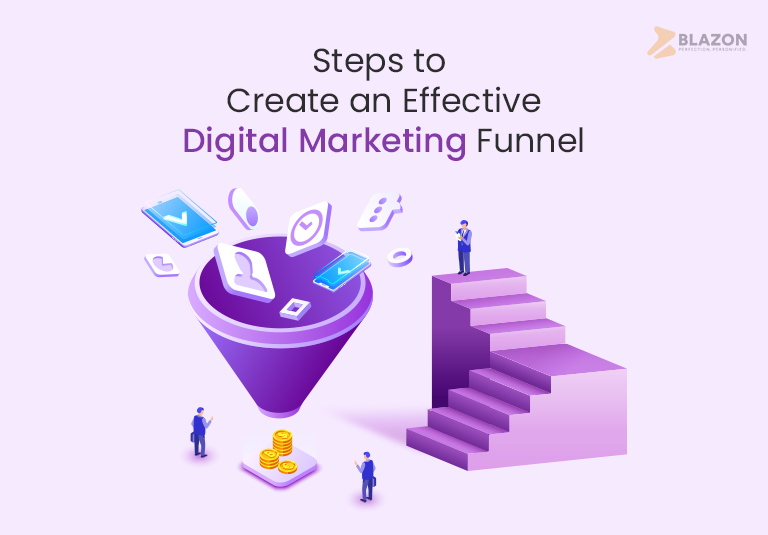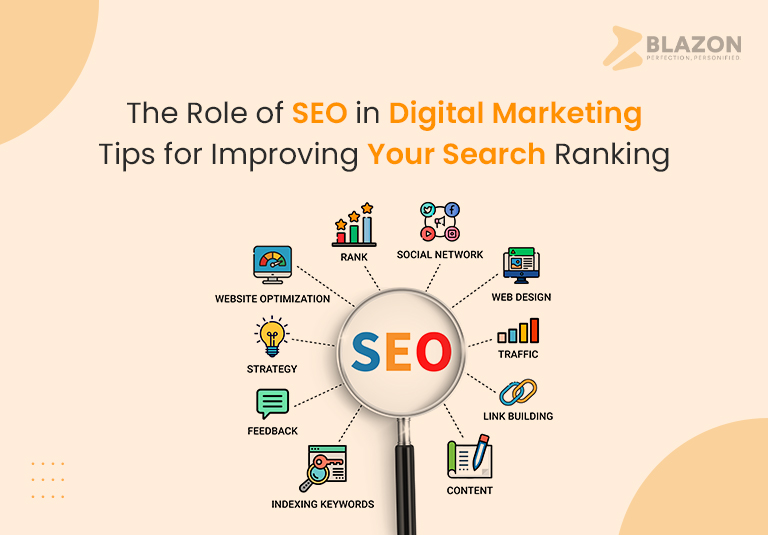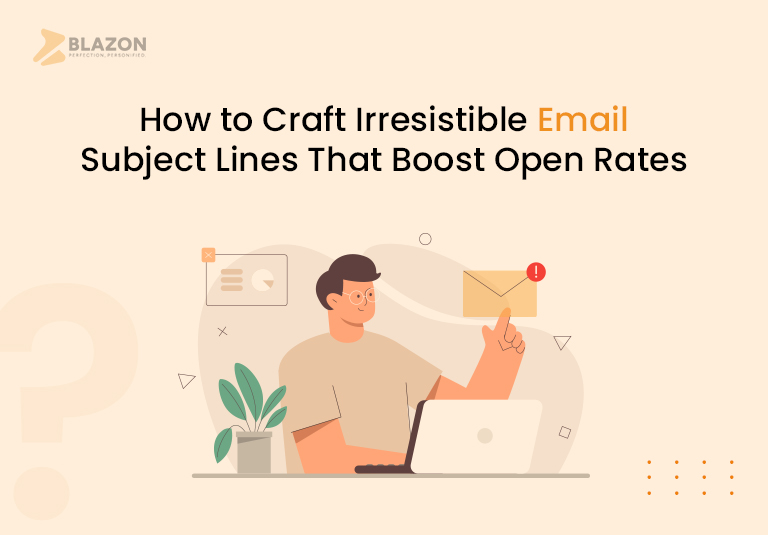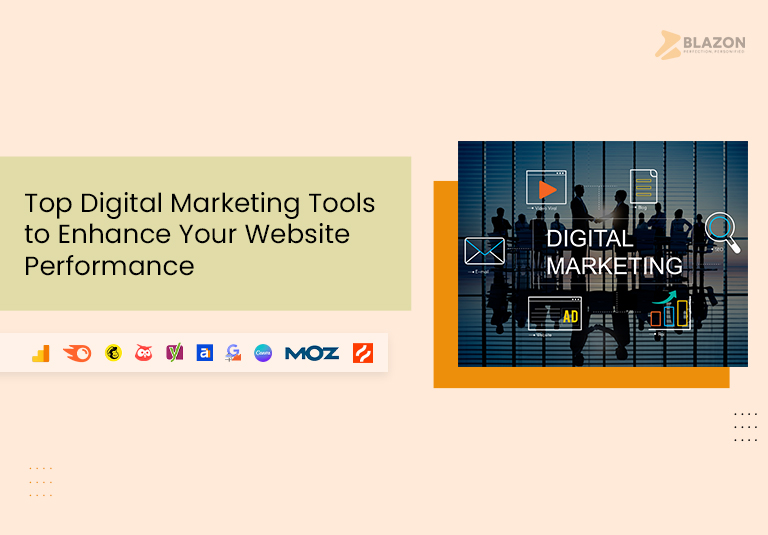A well-structured digital marketing funnel guides potential customers through each stage of their buying journey, from awareness to purchase and beyond. This article will walk you through the latest steps to create an effective digital marketing funnel, ensuring you maximize your marketing efforts and achieve your business goals.
What is a Digital Marketing Funnel?
A digital marketing funnel is a model that represents the journey potential customers take from their first interaction with your brand to becoming paying customers. Typically, it’s divided into several stages:
- Awareness: Potential customers become aware of your brand or product.
- Interest: They show interest in your offerings and seek more information.
- Consideration: They evaluate your product against competitors.
- Intent: They express a desire to purchase your product.
- Purchase: They complete the purchase.
- Loyalty: They return for repeat purchases and become loyal customers.
- Advocacy: They recommend your brand to others, driving more awareness and potential customers.
Steps to Create an Effective Digital Marketing Funnel
Step 1: Define Your Goals
The first step in creating a digital marketing funnel is to define your goals. What do you want to achieve with your funnel? Common goals include increasing brand awareness, generating leads, driving sales, or building customer loyalty. Your goals will guide the structure and content of your funnel.
Tips
- Be specific about your goals.
- Ensure your goals are measurable.
- Align your goals with your overall business objectives.
Step 2: Understand Your Audience
To create a funnel that resonates with your audience, you need to understand their needs, preferences, and behavior. Conduct market research to gather insights about your target audience. Create buyer personas that represent your ideal customers.
Tips
- Use surveys, interviews, and analytics to gather data.
- Identify pain points and challenges your audience faces.
- Understand where your audience spends their time online.
Step 3: Create Valuable Content
Content is the backbone of your digital marketing funnel. Each stage of the funnel requires different types of content to move prospects closer to a purchase. Create valuable content that addresses your audience’s needs and guides them through the funnel.
Content for Each Stage
- Awareness: Blog posts, social media updates, infographics, videos.
- Interest: E-books, whitepapers, webinars, case studies.
- Consideration: Product comparisons, detailed guides, customer testimonials.
- Intent: Free trials, demos, personalized offers.
- Purchase: Easy checkout process, customer support, FAQs.
- Loyalty: Newsletters, loyalty programs, exclusive discounts.
- Advocacy: Referral programs, user-generated content, reviews.
Step 4: Optimize Your Website
Your website plays a crucial role in your digital marketing funnel. It should be optimized to provide a seamless user experience and guide visitors through the funnel stages. Ensure your website is mobile-friendly, fast-loading, and easy to navigate.
Tips
- Use clear and compelling calls-to-action (CTAs).
- Optimize landing pages for conversions.
- Implement a user-friendly navigation structure.
- Ensure your website is secure (HTTPS).
Step 5: Drive Traffic
To fill your funnel, you need to drive traffic to your website. Use various digital marketing channels to attract visitors. These channels include search engine optimization (SEO), pay-per-click (PPC) advertising, social media marketing, email marketing, and content marketing.
Tips
- Optimize your website for search engines.
- Run targeted PPC campaigns.
- Leverage social media platforms to reach your audience.
- Use email marketing to nurture leads.
- Create and promote high-quality content.
Step 6: Capture Leads
At the interest stage, focus on capturing leads by collecting contact information from your visitors. Use lead magnets like free e-books, webinars, or exclusive content to entice visitors to provide their information.
Tips
- Use pop-ups, slide-ins, and forms to capture leads.
- Offer something of value in exchange for contact information.
- Ensure your forms are simple and quick to fill out.
Step 7: Nurture Leads
Once you have captured leads, nurture them with targeted content and communication. Use email marketing campaigns to provide valuable information, address pain points, and build trust. The goal is to move leads from the consideration stage to the intent stage.
Tips
- Segment your email list based on interests and behavior.
- Send personalized and relevant content.
- Use automation to streamline your email marketing efforts.
- Track and analyze email performance to improve results.
Step 8: Convert Leads into Customers
At the intent stage, focus on converting leads into customers. Provide clear and compelling reasons to choose your product over competitors. Offer limited-time discounts, free trials, or demos to encourage purchases.
Tips
- Highlight the benefits and features of your product.
- Use testimonials and case studies to build credibility.
- Create a sense of urgency with time-limited offers.
- Ensure a smooth and secure checkout process.
Step 9: Delight and Retain Customers
The funnel doesn’t end at the purchase stage. Delight your customers with excellent service and support to encourage repeat purchases and build loyalty. Keep them engaged with personalized content, exclusive offers, and loyalty programs.
Tips
- Provide exceptional customer support.
- Send personalized follow-up emails.
- Offer loyalty programs and rewards.
- Keep your customers informed about new products and updates.
Step 10: Encourage Advocacy
Turn your loyal customers into brand advocates. Encourage them to share their positive experiences with others. Use referral programs, social media, and user-generated content to amplify your reach and attract new customers.
Tips
- Create a referral program with attractive incentives.
- Encourage customers to leave reviews and testimonials.
- Share user-generated content on your social media channels.
- Engage with your customers and show appreciation for their support.
In Conclusion
Creating an effective digital marketing funnel is essential for guiding prospects through their buying journey and turning them into loyal customers. By defining your goals, understanding your audience, creating valuable content, optimizing your website, driving traffic, capturing leads, nurturing them, converting them into customers, delighting them, and encouraging advocacy, you can build a powerful funnel that maximizes your marketing efforts.
At Blazon, a leading Digital Marketing Services Company in Coimbatore, we specialize in helping businesses create and optimize their digital marketing funnels. Our team of experts is dedicated to providing tailored solutions that meet your unique needs and drive results. Contact us today to learn how we can help you achieve your digital marketing goals and grow your business.
By implementing these steps and continuously refining your strategies, you can create a digital marketing funnel that not only attracts and converts leads but also builds lasting relationships with your customers. Remember, the key to success is to stay flexible, keep testing, and always focus on providing value to your audience.





